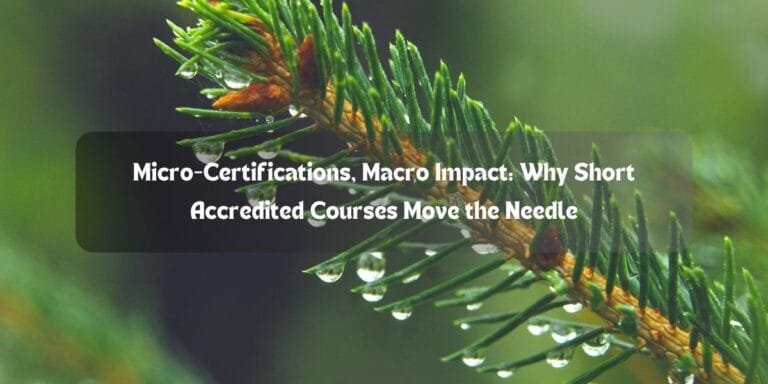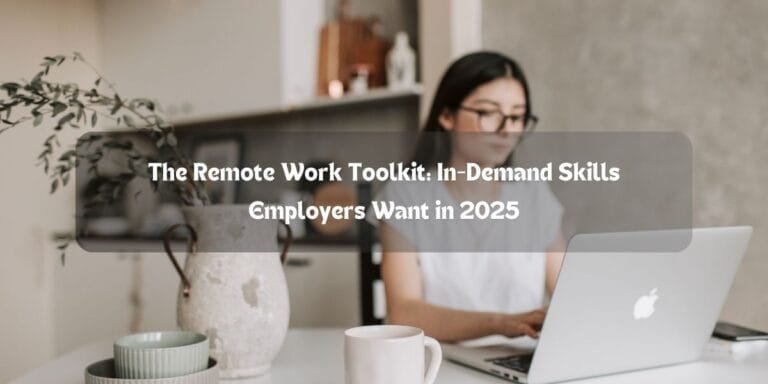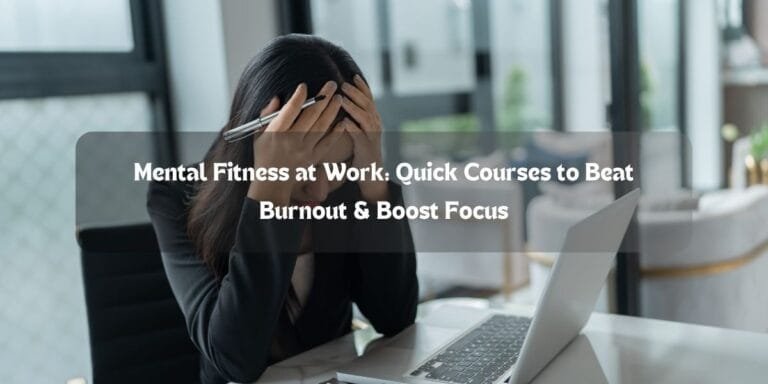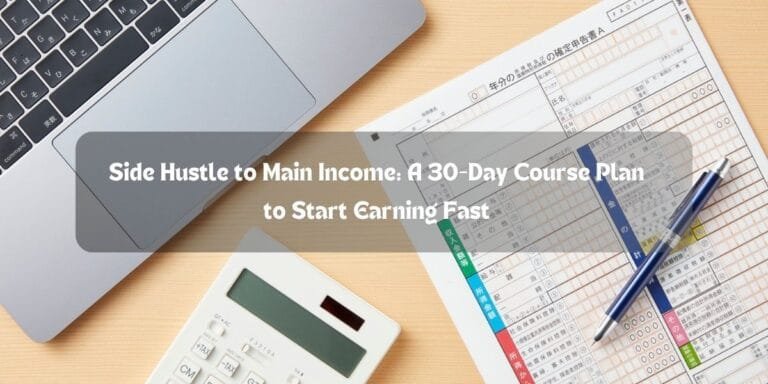

Introduction
Imagine a young student named Alex, hunched over a textbook in a dimly lit room, eyes glazing over as dense paragraphs blur into monotony. The words swim on the page, refusing to stick, no matter how many times they’re reread. Now picture this: Alex steps into a vibrant classroom where the lesson on ancient Rome comes alive—not just through reading, but with the clang of replica shields, the scent of olive oil from a mock Mediterranean feast, and a virtual reality tour through the Colosseum. Suddenly, history isn’t a chore; it’s an adventure that pulses with life. This transformation isn’t magic—it’s multimodal learning, a powerful approach that taps into every sense to forge connections that last. In today’s fast-paced educational landscape, where attention spans flicker like smartphone notifications, embracing multimodal learning isn’t just innovative; it’s essential for unlocking deeper understanding and lifelong curiosity.
As educators and learners alike grapple with information overload, multimodal strategies offer a beacon of hope. By weaving together sight, sound, touch, smell, and even taste, this method doesn’t merely inform—it immerses. And for platforms like CoursePlus.co.uk, which champions accessible online courses blending video, interactive quizzes, and hands-on simulations, multimodal learning aligns perfectly with a mission to make education as engaging as it is effective. But why does this matter? Let’s dive deeper, exploring how activating multiple senses can revolutionize the way we absorb and retain knowledge.
What Exactly Is Multimodal Learning?
At its core, multimodal learning draws from the idea that our brains thrive on variety. Traditional education often leans heavily on visual and auditory inputs—think lectures and slides—but this leaves vast sensory potential untapped. Multimodal learning, however, expands the palette, incorporating kinesthetic activities, tactile experiences, and even olfactory cues to create a richer tapestry of comprehension.
Consider how a biology lesson on ecosystems might unfold. Instead of solely diagramming food chains on paper, students could plant seeds in soil (touch), listen to recordings of rainforest sounds (hearing), watch time-lapse videos of growth (sight), and sample herbal teas mimicking plant essences (taste and smell). This holistic engagement ensures that concepts aren’t isolated facts but vivid, interconnected memories. Research from cognitive scientists underscores this: when multiple sensory pathways fire simultaneously, neural connections strengthen, making recall more intuitive and resilient.
Moreover, in the digital age, tools like augmented reality apps and collaborative online platforms amplify these opportunities. CoursePlus.co.uk’s courses, for instance, integrate multimedia modules that let learners manipulate 3D models or join virtual discussions, seamlessly blending modalities without overwhelming the user. Yet, the beauty lies in its adaptability—whether in a bustling school or a quiet home study, multimodal learning molds to individual needs, fostering inclusivity for diverse learners.
The Neuroscience: Why Senses Supercharge Learning
Our brains are wired for multisensory input, a fact evolutionary biology reminds us of daily. Early humans didn’t survive by reading manuals; they learned through trial, touch, and observation—scenting danger in the wind or feeling the rhythm of a hunt. Fast-forward to modern neuroscience, and studies reveal that multimodal stimuli enhance synaptic plasticity, the brain’s ability to rewire itself for better retention.
Take the dual-coding theory, pioneered by Allan Paivio: information encoded both verbally and visually sticks twice as firmly. But extend this to all senses, and the effect multiplies. A study published in the Journal of Educational Psychology found that students using multimodal techniques scored 20% higher on retention tests compared to those relying on single-mode instruction. Passive voice here highlights the process: knowledge is not simply absorbed but actively constructed through layered experiences.
However, it’s not just about scores—it’s about sparking joy in discovery. When a concept resonates across senses, it transcends rote memorization, embedding itself in emotional memory. Persuaded yet? Imagine the ripple effect: learners who once dreaded math now tinker with physical manipulatives, their confidence blooming like a well-nurtured garden.
Unlocking Benefits: From Retention to Real-World Application
The advantages of multimodal learning ripple far beyond the classroom, touching every facet of personal and professional growth. First and foremost, retention soars. By engaging all senses, learners create a web of associations—visual cues trigger auditory memories, tactile sensations evoke scents—that make forgetting nearly impossible.
Furthermore, this approach cultivates critical thinking. As students navigate diverse inputs, they’re prompted to synthesize information, much like professionals in dynamic fields such as marketing or engineering. A persuasive case emerges when we consider inclusivity: neurodiverse individuals, including those with dyslexia or ADHD, often excel in non-traditional modalities, leveling the playing field.
In professional development, the impact is profound. CoursePlus.co.uk’s offerings, like their interactive coding bootcamps or creative writing workshops, exemplify this by pairing video tutorials with downloadable templates and peer feedback forums. Participants don’t just watch—they build, discuss, and iterate, translating skills into real-world prowess. And let’s not overlook creativity: multimodal environments encourage experimentation, where a failed experiment’s scent of scorched herbs becomes a lesson in chemistry rather than a setback.
Yet, the true persuasion lies in long-term outcomes. Graduates of multimodal programs report higher job satisfaction and adaptability, attributes employers crave in an AI-driven economy. Why settle for surface-level learning when deeper, sensory-rich understanding can propel you forward?
Bringing Multimodal Learning to Life: Practical Strategies
Implementing multimodal learning needn’t be daunting; it starts with intentional design. Begin by auditing your current methods: Are lessons dominated by one sense? Shift gears with simple swaps—replace a static PowerPoint with a podcast-style narration overlaid on interactive maps.
In online settings, leverage platforms’ built-in tools. For example, CoursePlus.co.uk’s courses page showcases modules where learners annotate videos, simulate lab experiments via drag-and-drop interfaces, or even record voiceovers for language practice. Transition smoothly by scaffolding: introduce one new modality per session, ensuring gradual immersion.
Storytelling weaves in naturally here. Recall Alex from our opening tale—after his Roman adventure, he led a class project recreating gladiator battles with props and sound effects. His enthusiasm? Contagious. Teachers can replicate this by curating “sensory stations” or digital equivalents, where learners rotate through experiences. Challenges arise, of course—budget constraints or tech glitches—but they’re surmountable with free resources like Khan Academy extensions or DIY crafts.
Persuasively, the investment pays dividends: engaged students mean fewer disruptions and higher completion rates. As one educator shared, “It’s like flipping a switch—suddenly, every child is a participant, not a spectator.”
Overcoming Hurdles: Navigating the Path to Multisensory Success
No educational shift is without snags, and multimodal learning is no exception. Time constraints loom large; crafting multisensory lessons demands upfront effort. Yet, passive planning yields active rewards: templates and reusable assets streamline future sessions.
Accessibility poses another hurdle— not every learner has equal access to tech or spaces. Solutions abound, from low-tech alternatives like textured reading materials to inclusive apps with voice-to-text features. CoursePlus.co.uk addresses this head-on, offering mobile-optimized courses that work offline where needed.
Skepticism from traditionalists? Counter with data: a meta-analysis in Review of Educational Research affirms multimodal methods boost engagement by 35%. By sharing success stories—like Alex’s transformation—educators can persuade stakeholders, turning doubt into advocacy.
In essence, hurdles become stepping stones when approached with flexibility. The key? Start small, iterate, and celebrate wins, building a culture where learning feels alive.
Embracing the Future: Your Invitation to Sensory-Rich Learning
As we conclude this journey through multimodal learning, reflect on Alex—not as a distant anecdote, but as a mirror to potential. In a world demanding agility and depth, why cling to outdated silos when all senses await activation? Platforms like CoursePlus.co.uk pave the way, with courses designed to immerse and inspire across modalities.
Persuaded to try? Enroll in a multimodal module today and witness the shift—from passive absorption to passionate mastery. The deeper understanding you seek isn’t elusive; it’s sensory, vivid, and within reach. What sense will you awaken first?
Frequently asked Questions
What is multimodal learning, and how does it differ from traditional methods?
Multimodal learning involves using multiple senses—like sight, sound, touch, and even smell—to process information, unlike traditional methods that often rely solely on reading or listening. This creates richer, more memorable experiences that enhance understanding and retention.
Can multimodal learning be applied in online courses?
Absolutely! Online platforms incorporate it through videos, interactive simulations, quizzes, and virtual reality. Sites like CoursePlus.co.uk excel here, blending multimedia for flexible, engaging remote learning.
What are the main benefits of engaging all senses in education?
Key benefits include improved retention (up to 20% higher per studies), boosted creativity, better inclusivity for diverse learners, and stronger real-world skill application, making knowledge stickier and more enjoyable.
How can I start implementing multimodal learning in my teaching or studies?
Begin small: Add one new sense per lesson, like pairing readings with audio or hands-on activities. Use free tools or courses from platforms like CoursePlus.co.uk to experiment and build confidence gradually.
Courses Related To This Blog
Discover a range of carefully selected online courses crafted to enhance your skills across multiple topics. Engage with affordable, top-quality courses designed to provide in-depth learning and address your unique educational needs effectively.
Learn Python for Data Science & Machine Learning from A-Z

Learn Python for Data Science & Machine Learning from A-Z
Join the Community & Get Updates🔥
Related Post
Explore our latest expert insights, practical guides, and in-depth resources on trending topics designed to answer your questions, solve your challenges, and help you stay ahead with up-to-date trends and strategies.












